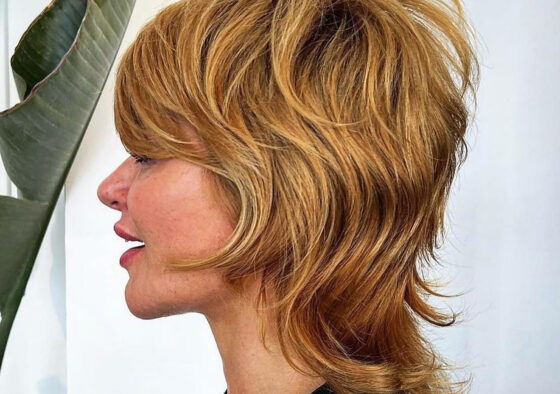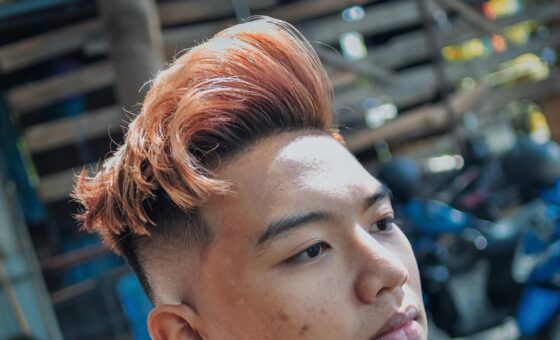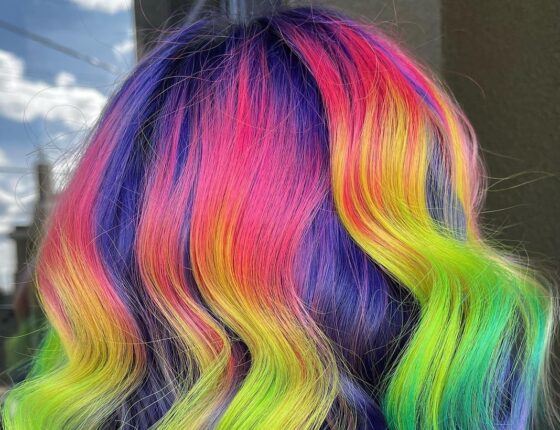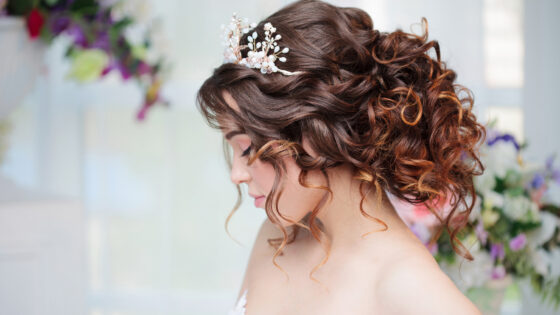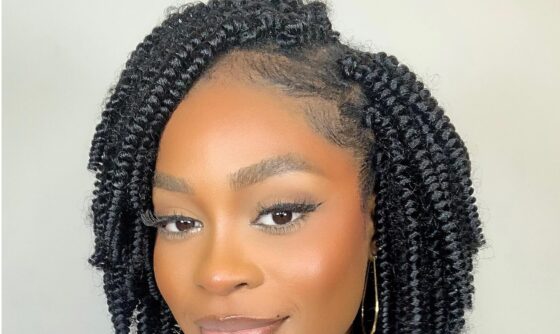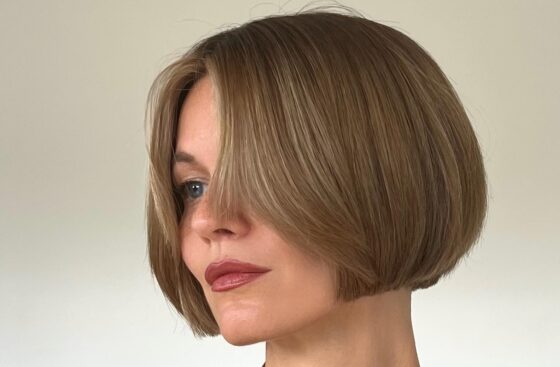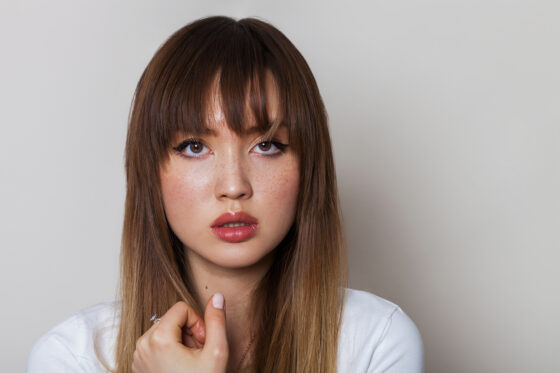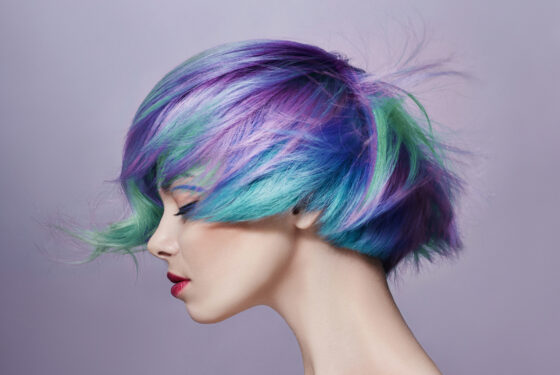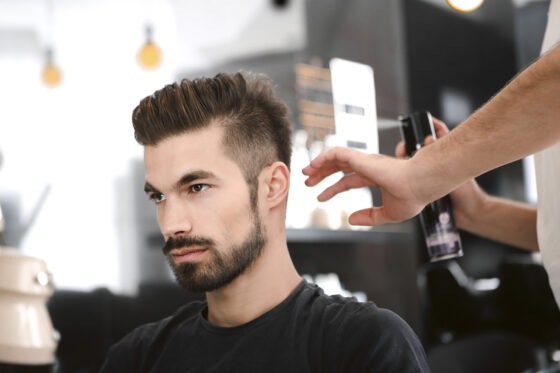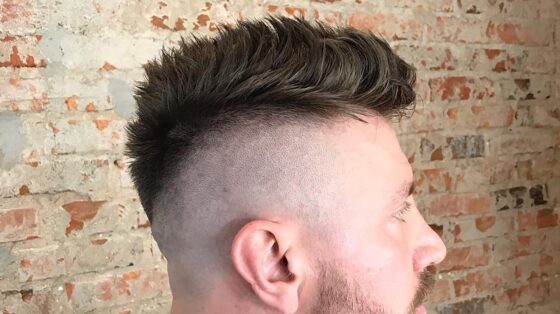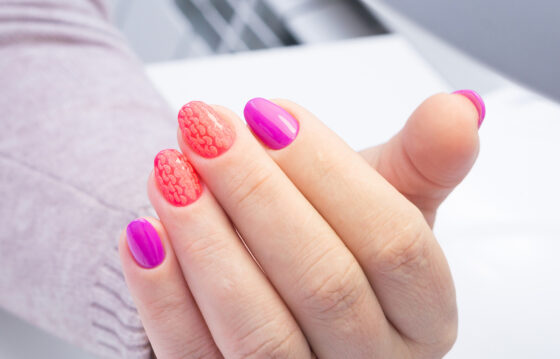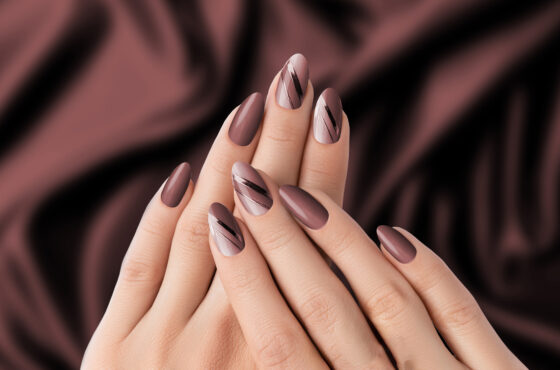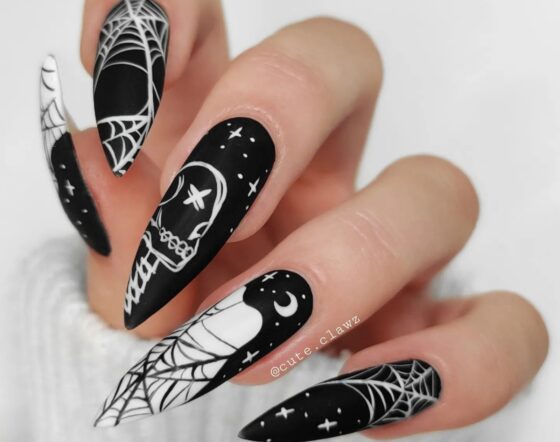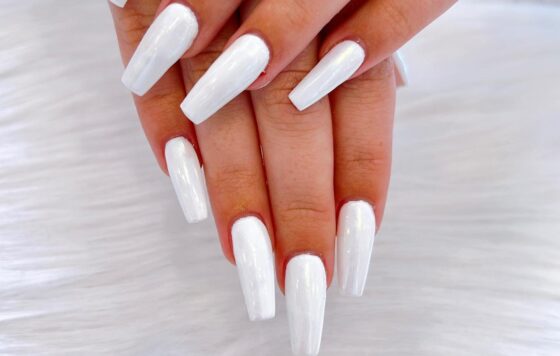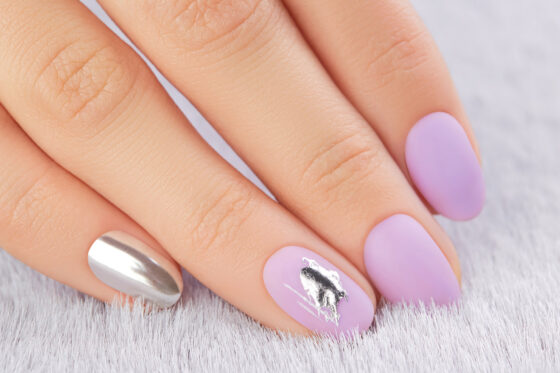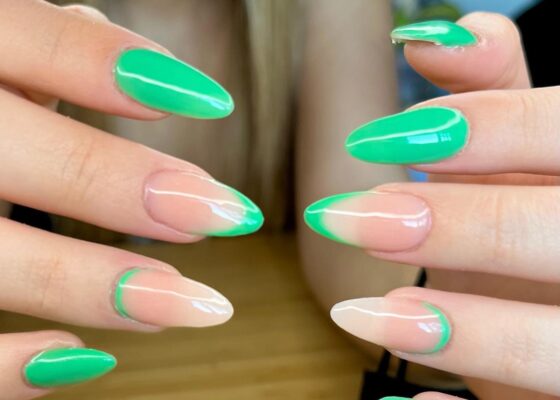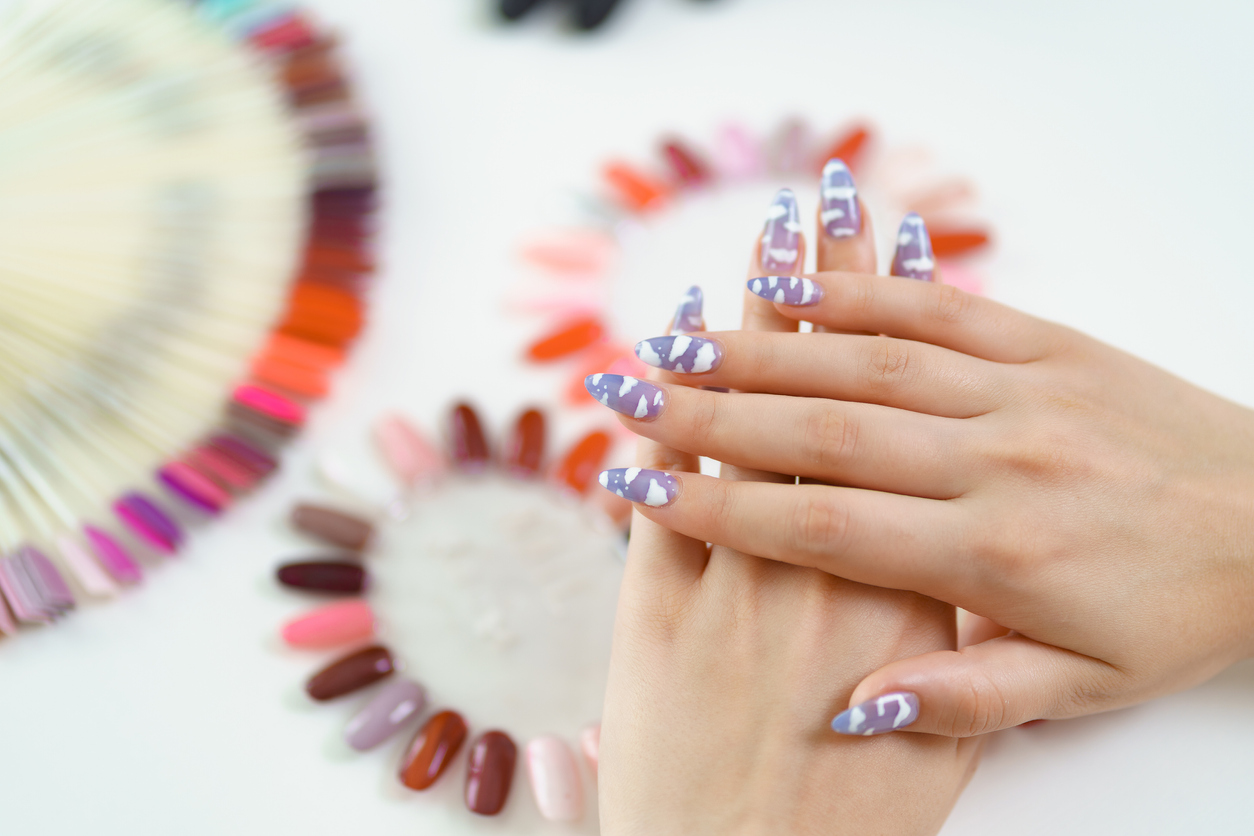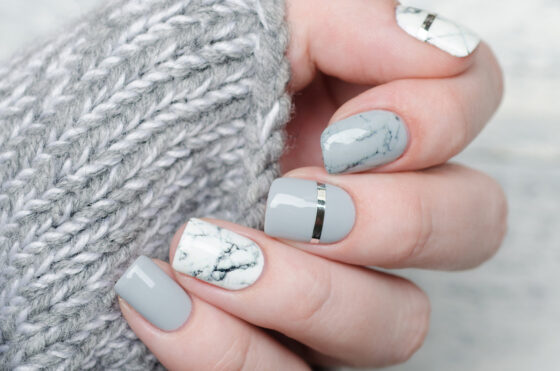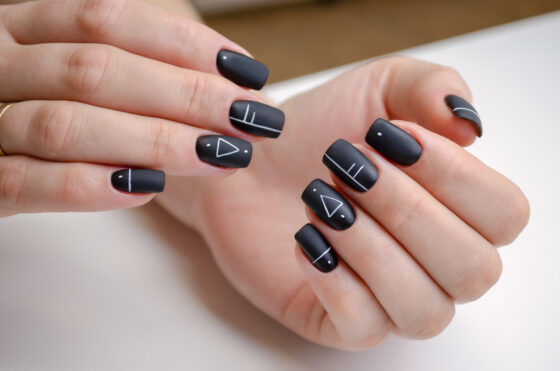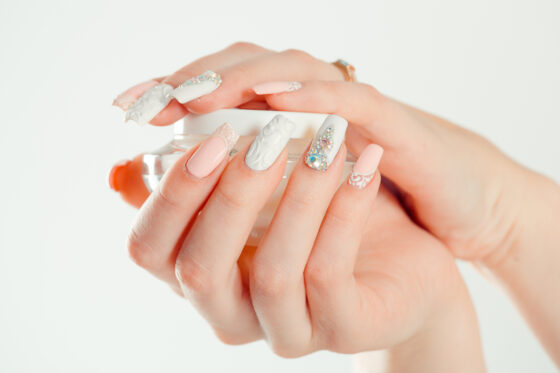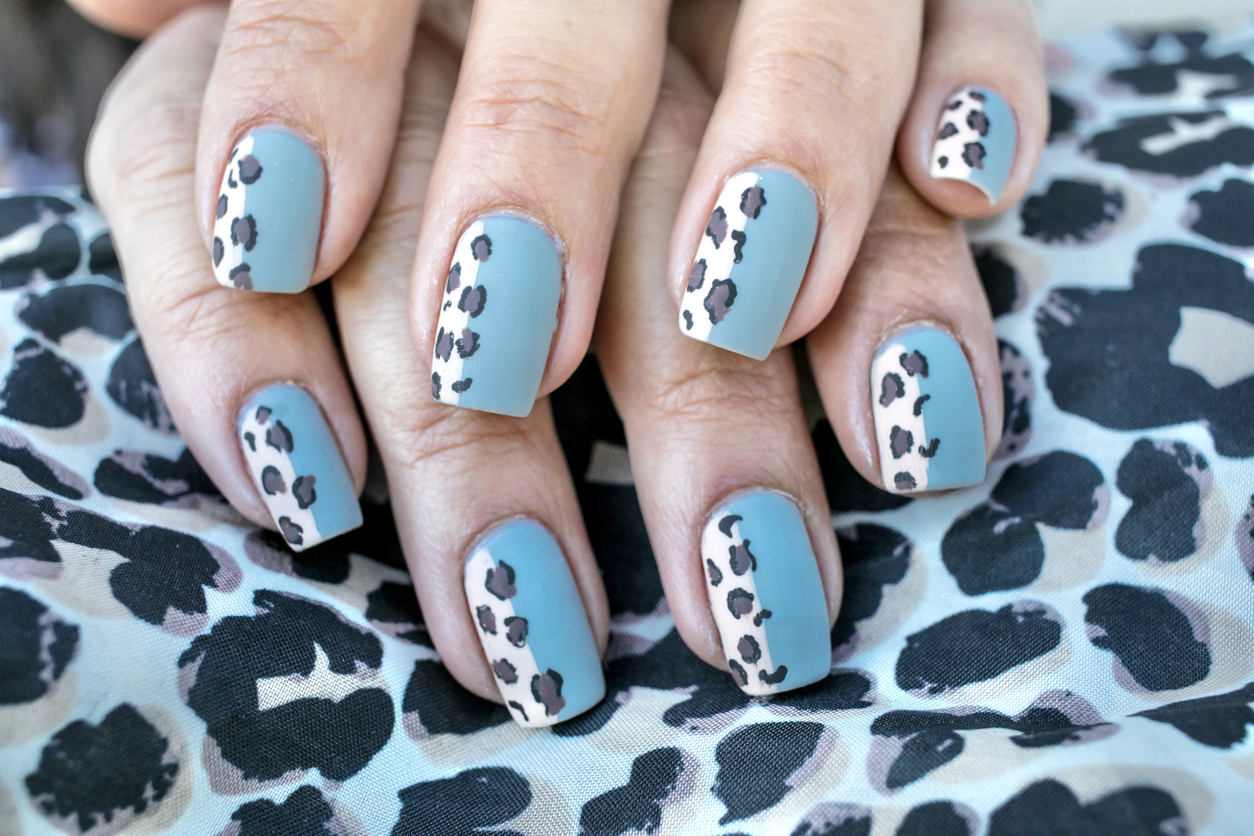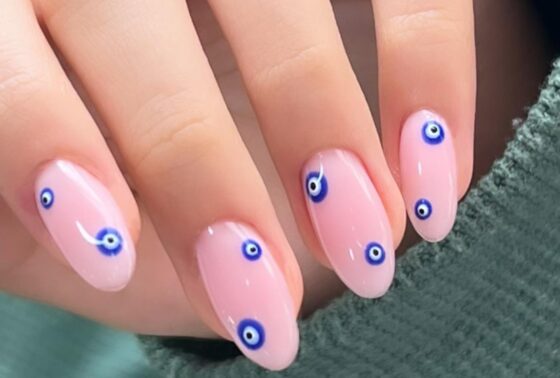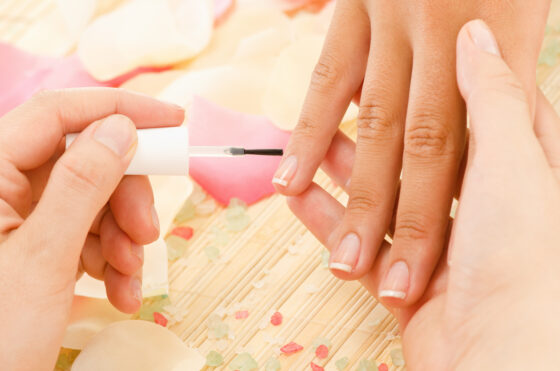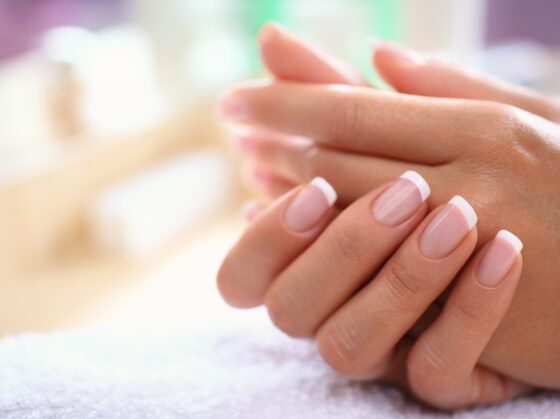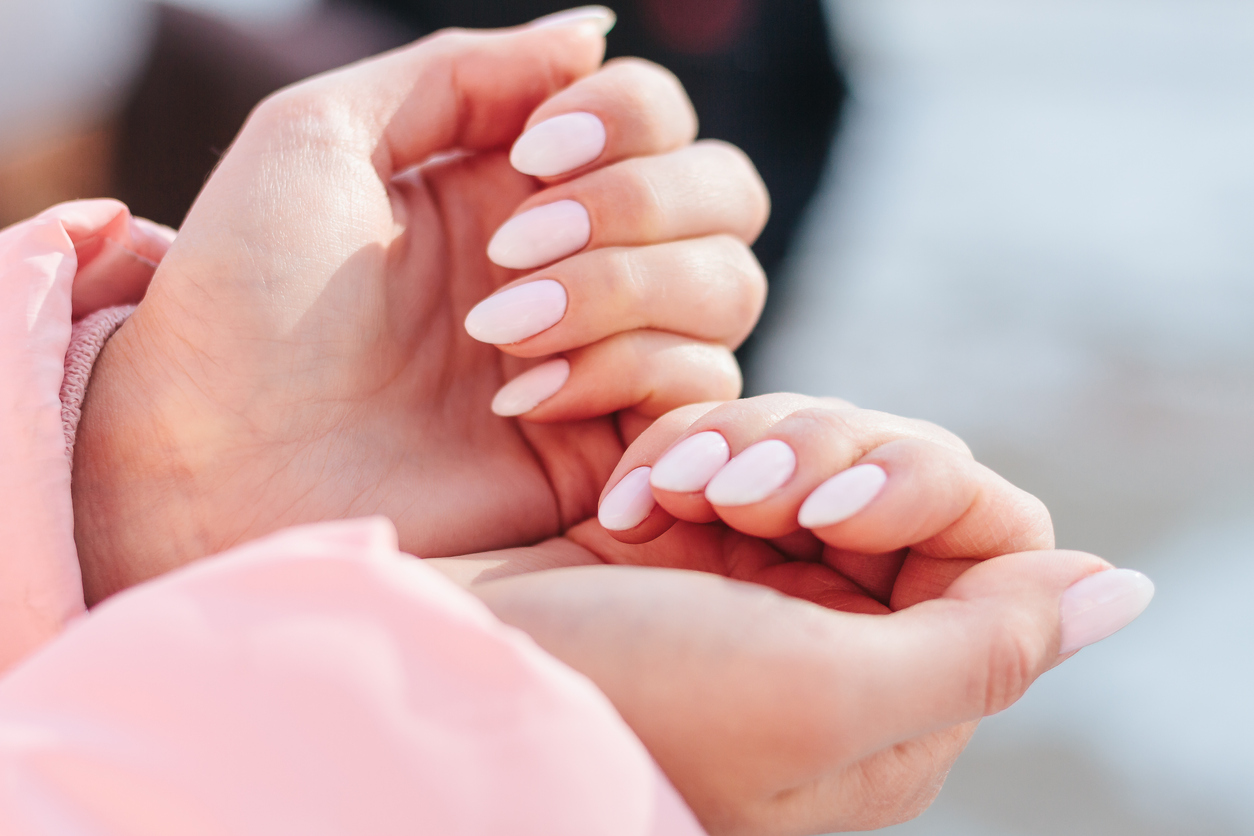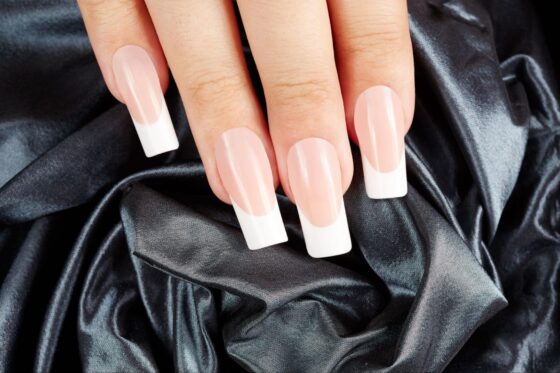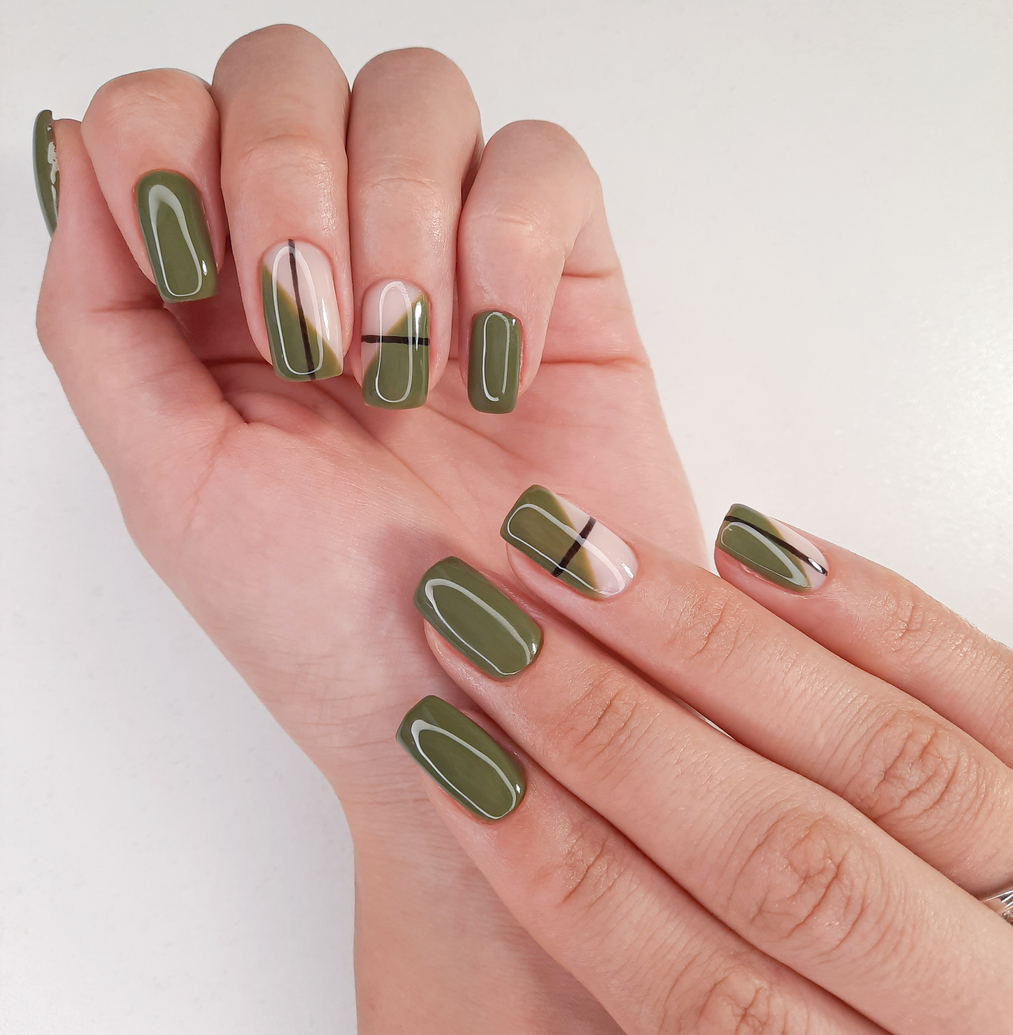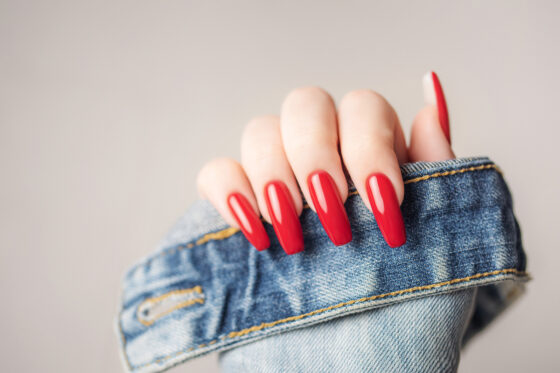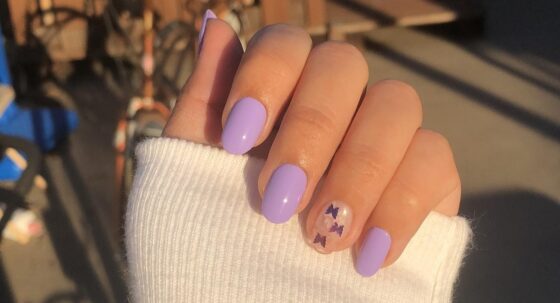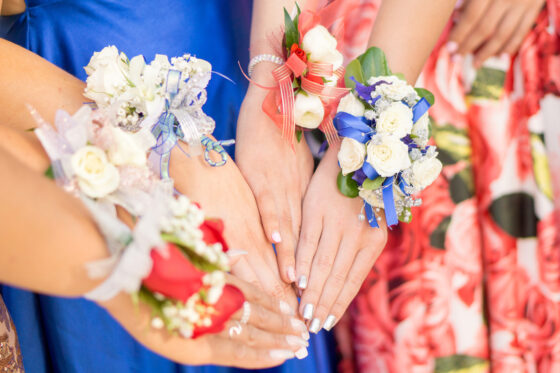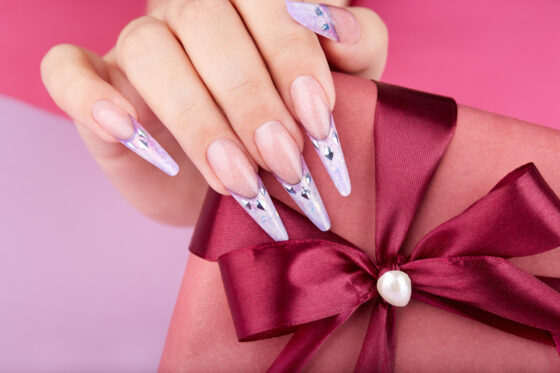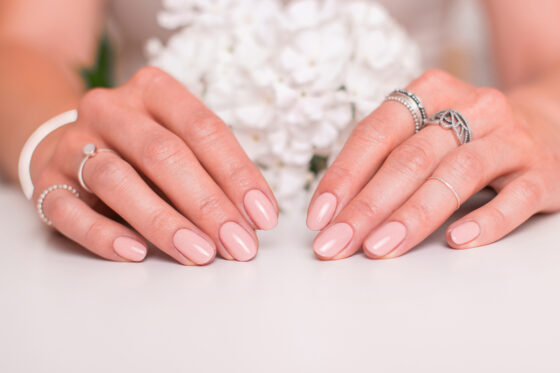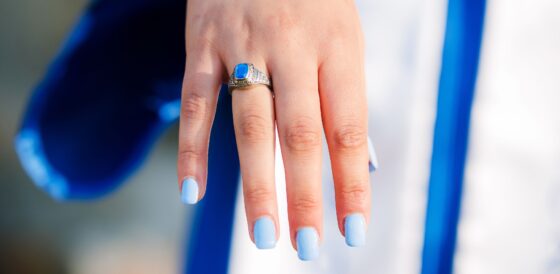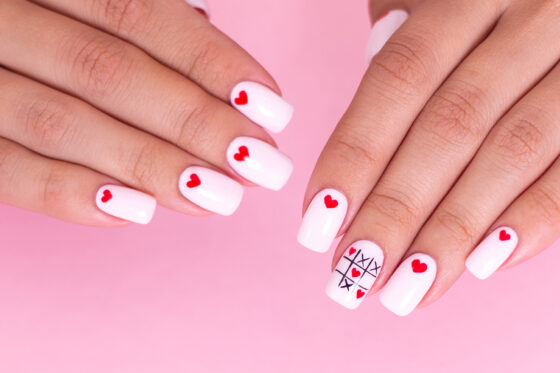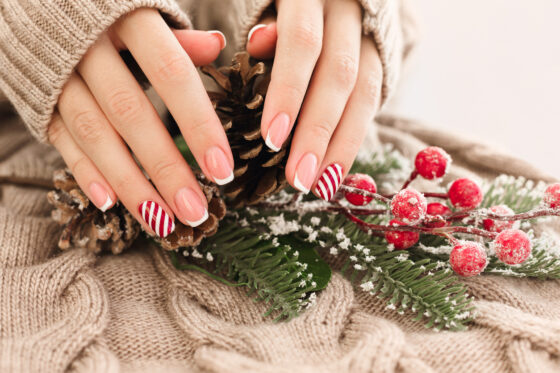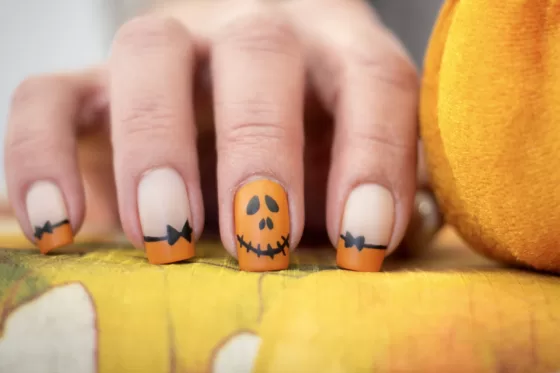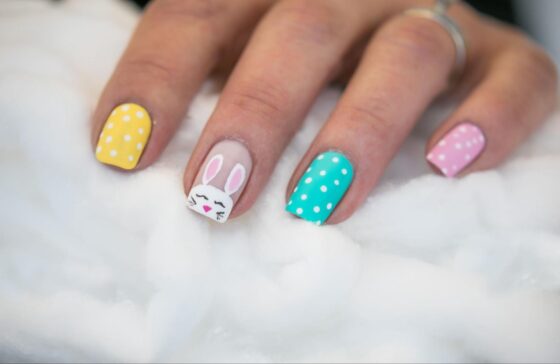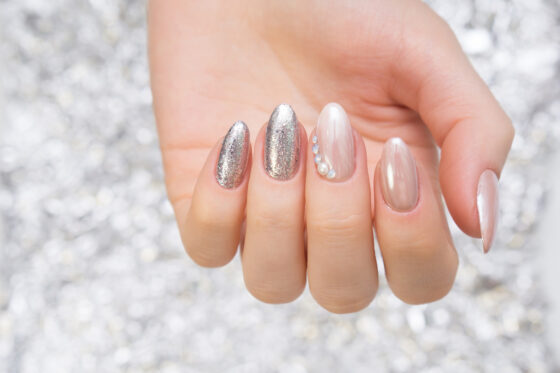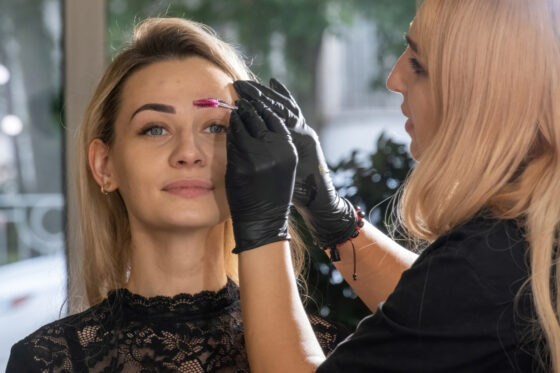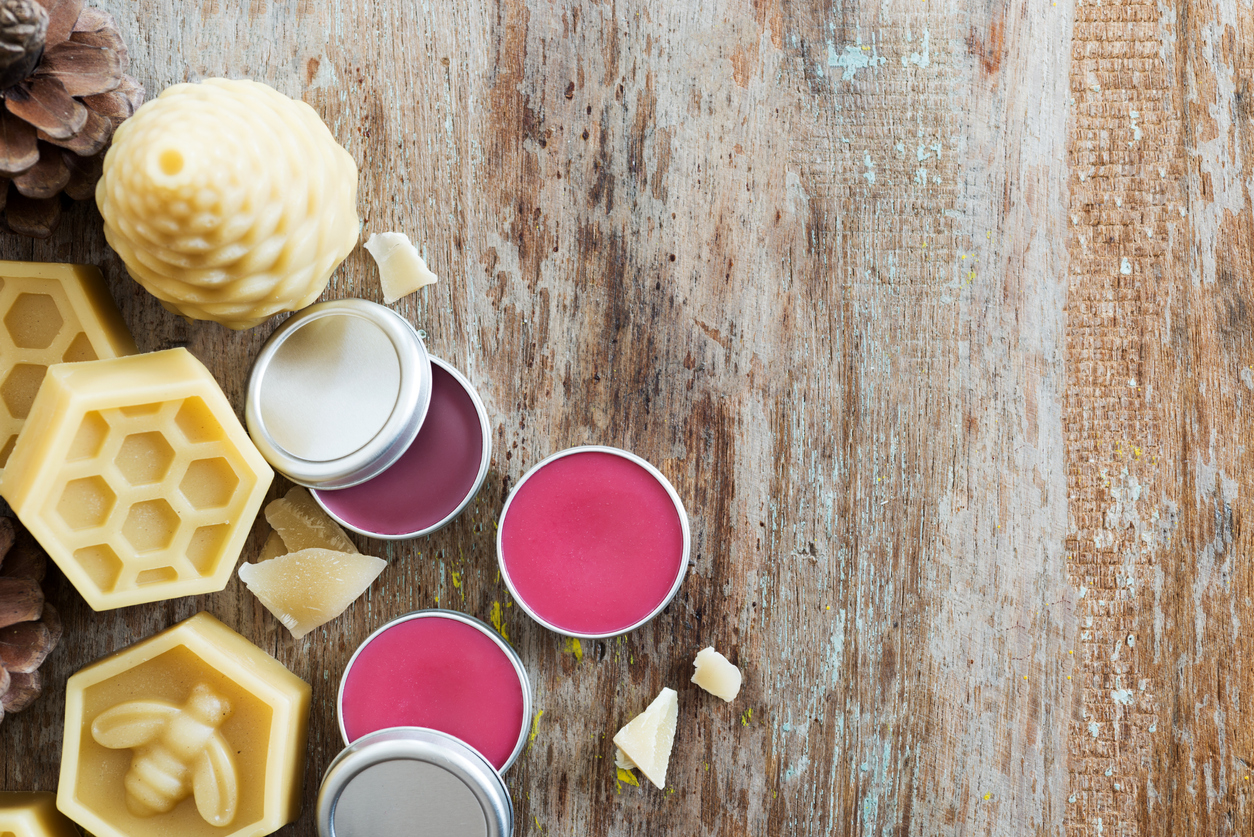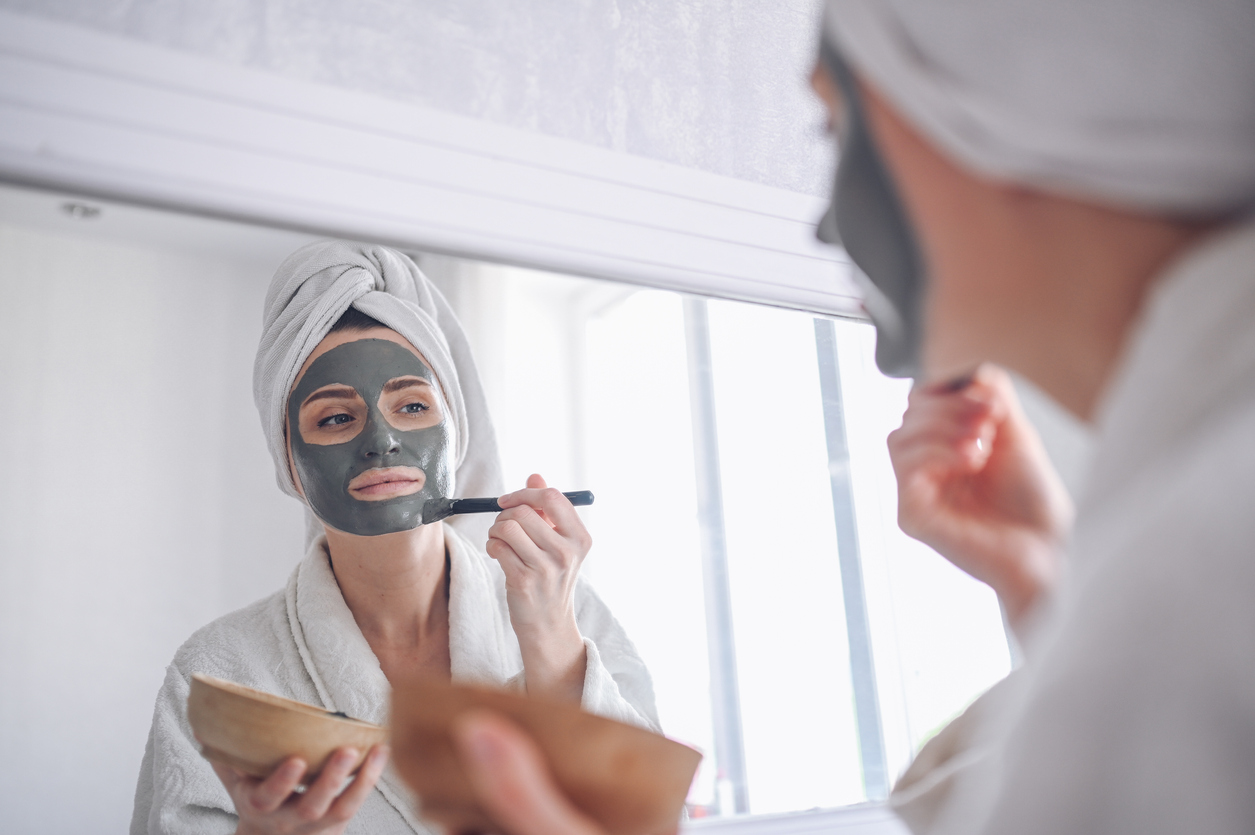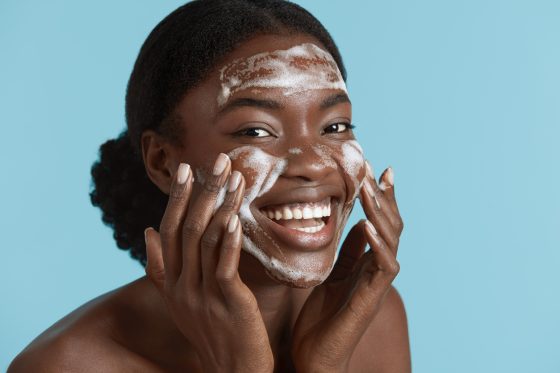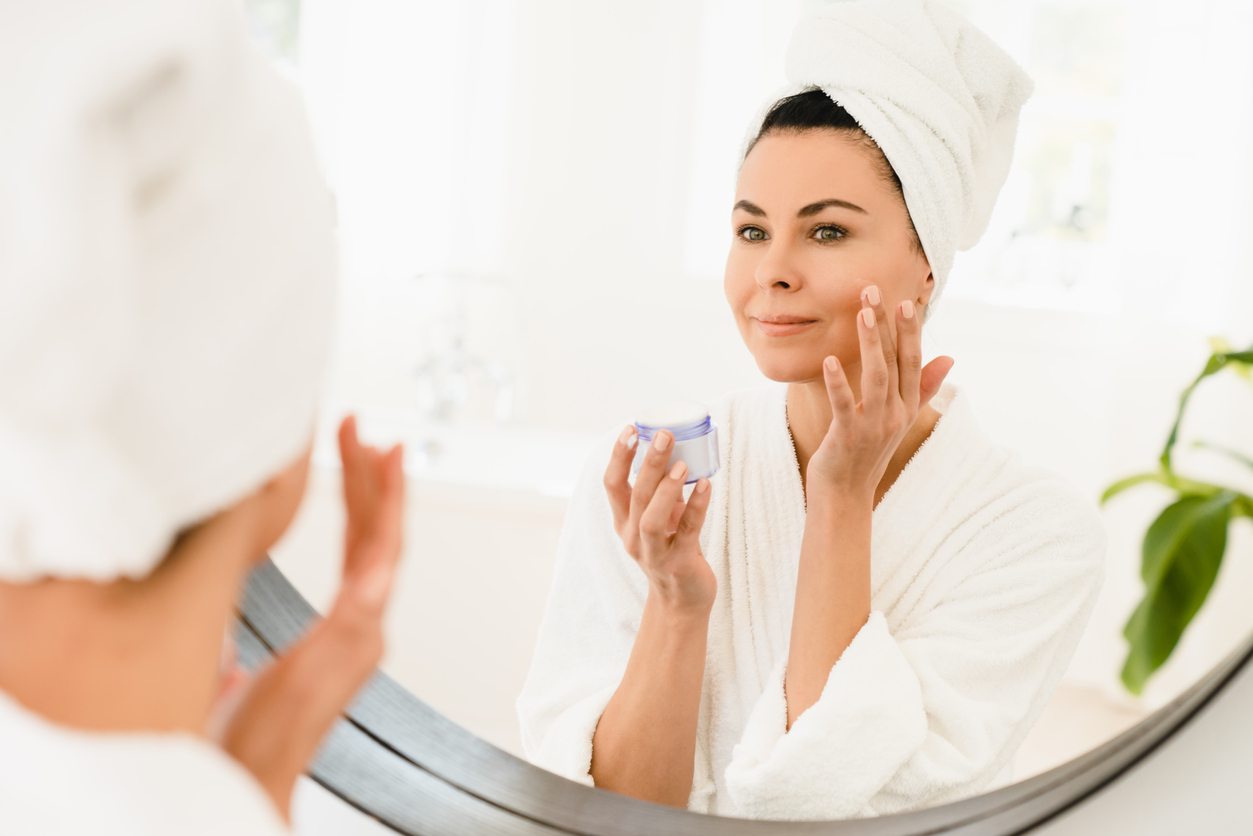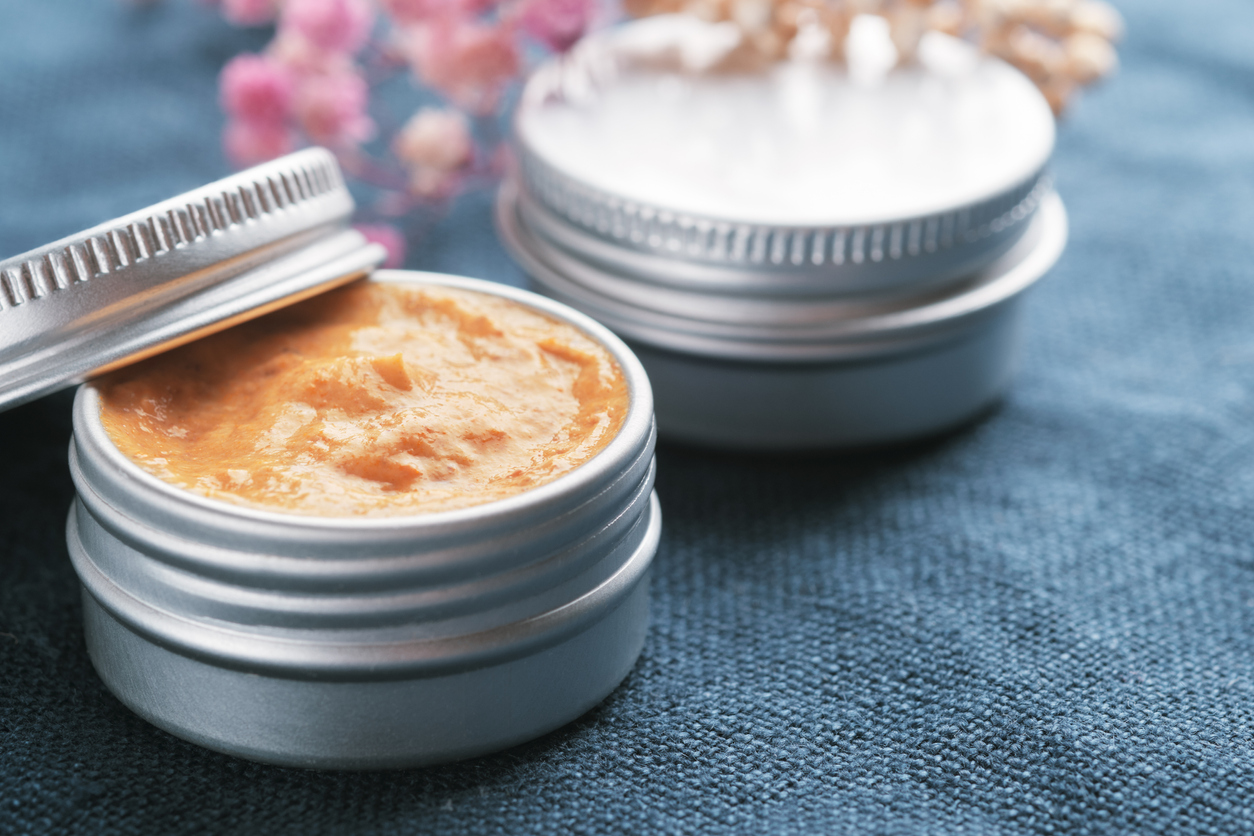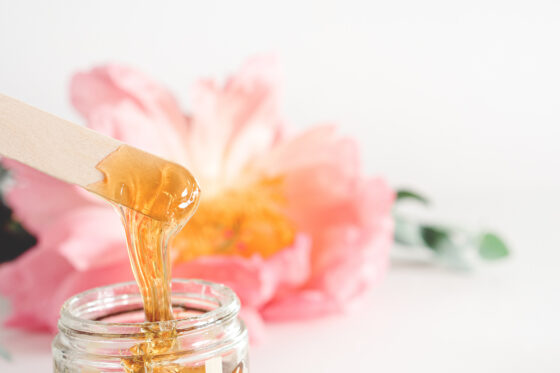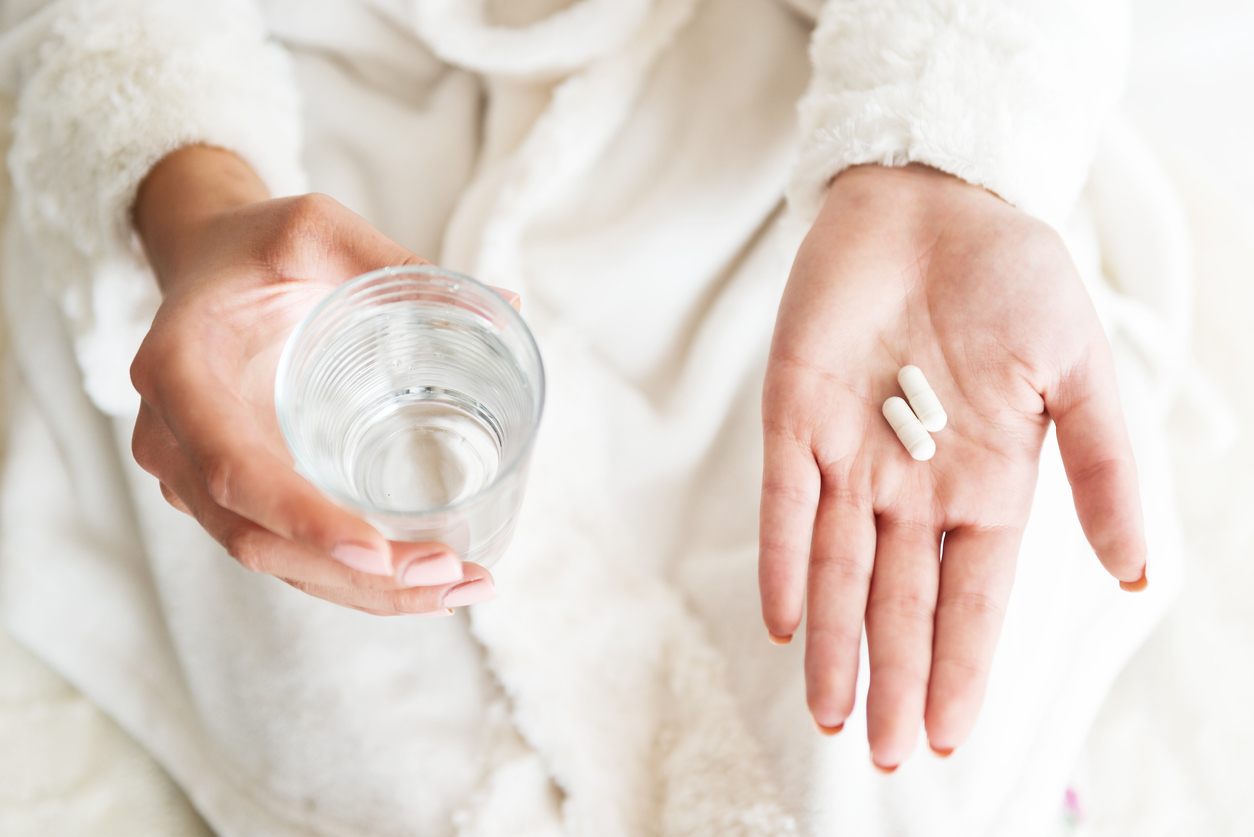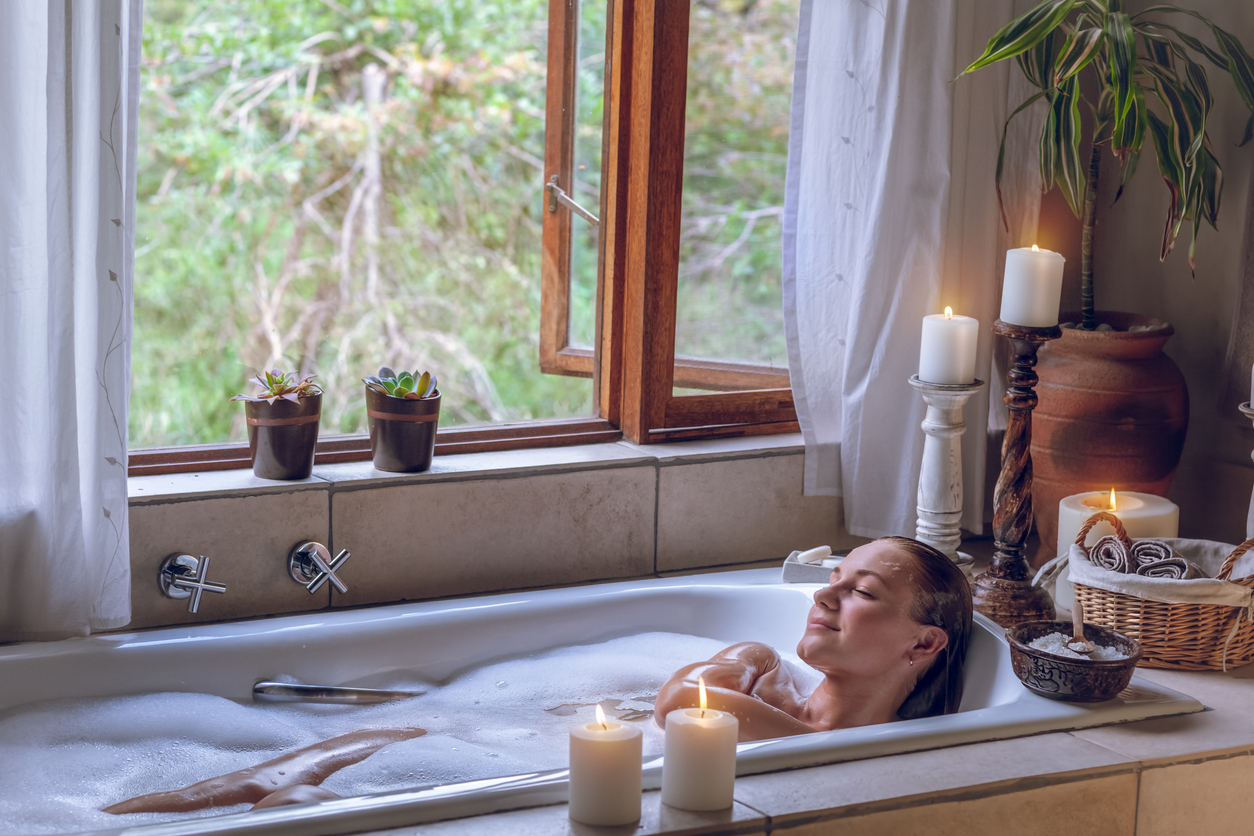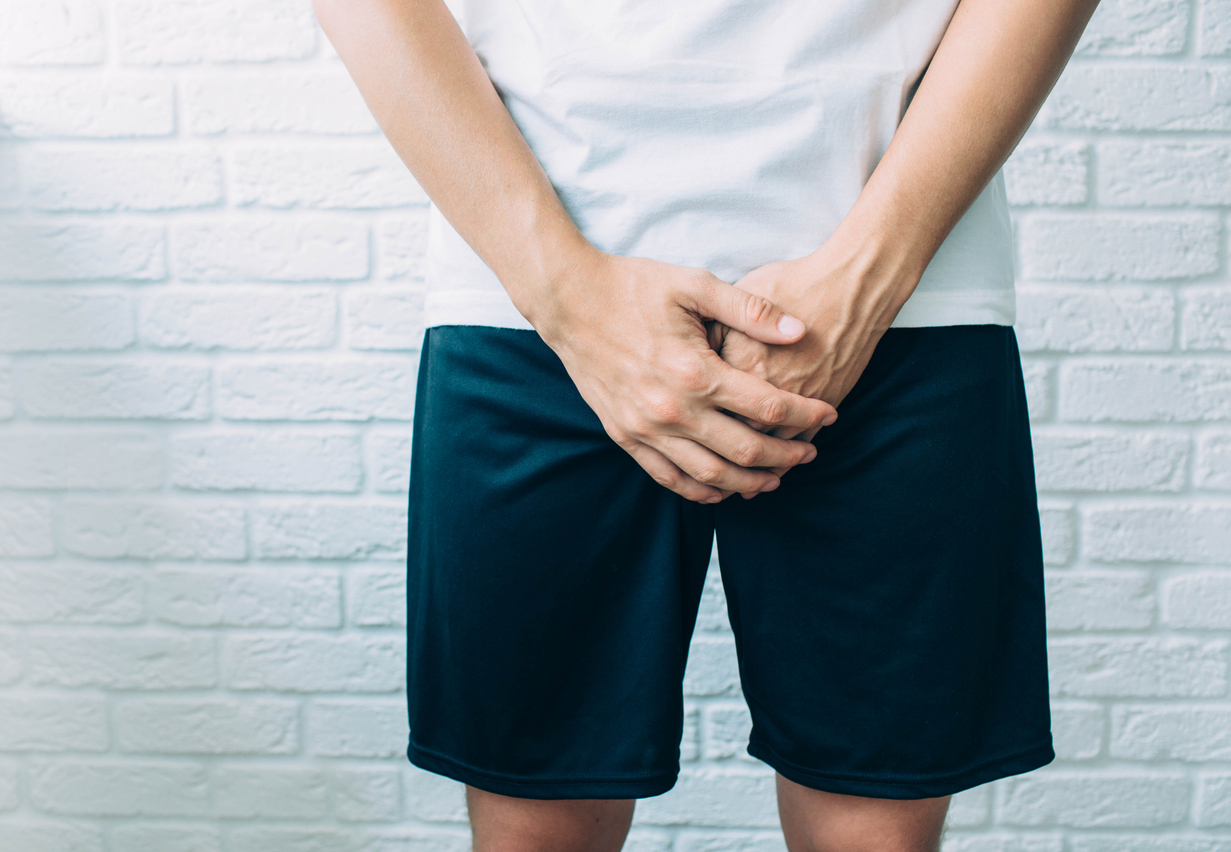It’s anything but glamorous and it’s completely natural to be concerned, but spotting a pimple on your vagina is unlikely a reason to make an awkward phone call to your intimate partners.
Like elsewhere on our body, the vagina is covered in skin and therefore susceptible to the same skin-related issues and conditions, including bumps, spots, and pimples.
If you are wondering, “is it normal to get a pimple on your vagina”, the simple answer is “yes”…it sure is!
While the old ‘pimple on labia’ conversation may not be a comfortable topic in the lunchroom with your coworkers or while enjoying scones with your Great Aunt Margaret, pimples and bumps on the vagina are quite common and a conversation we ought to have!
Pimple on Labia Locations
Bumps, spots, and pimples can occur in many nooks and crannies of the external female genitalia, medically known as the vulva. To locate pimples accurately on the vagina, it’s essential to know the different parts of the external vagina. Don’t worry if you’re not an expert on the features of the vagina; it’s a complex part of the body, and there’s a lot to unfold!
Outside of Vagina/ External Vagina
The external or outside of the vagina, also known as the vulva, is an organ comprising the labia, clitoris, vaginal opening, and the opening to the urethra. While not pretty, it’s not uncommon to experience pimples on any part of the external vagina, including that fun little bump of spongy tissue, the clitoris.
Pimple on Vaginal Lip/ Vaginal Lip
If you notice a pimple on your vaginal lip, you are referring to the folds of skin around your vaginal opening, known as the labia. These feminine folds are comprised of the labia minora and the labia majora.
Labia Minora
Part of the external female genitals, the labia minora are those two hairless inner folds of skin that circle the opening of your vagina. They protect the vaginal opening from infections, dryness, and irritation.
Labia Majora
Surrounding the labia minora, the labia majora are the larger, prominent pair of cutaneous skin folds, with hair on the outer surface.
Inner Labia
Situated in a nice little nest, protected by the lips of the labia minora and majora, the inner labia houses the opening of the urethra, the vestibule of the vagina, and two Bartholin glands. You can thank the Bartholin glands for the natural lubricant produced when you’re sexually aroused.
Clitoris
Most women are well aware of their favorite vaginal component, the clitoris. Located at the tip where the two labia minora meet, the clitoris can enlarge when sexually aroused and contains nerve endings that are highly sensitive to stimulation.
Common Types of Pimple on the Labia
Now that you know the parts and functions of the vulva let’s explore the possible types of pimples on the labia.
Bumps and lumps on the labia come in all shapes and sizes. Though it’s difficult to tell exactly what your unwanted pimple may be, there are common characteristics to help determine how much of a concern there should be.
| Type of Pimple on Vagina | Description | Cause of Concern |
| Black pimple | Clogged pores filled with dead skin and oil which stay open | Not a major concern
Fairly common on the sensitive skin on the labia and bikini line |
| White pimple on labia majora | Clogged pores filled with oil and bacteria which are closed | Not a major concern |
| White pimple on labia minora | Fordyce spots: enlarged oil glands which appear on areas of the skin where hair doesn’t grow | Harmless
Common to appear after puberty and appear on 70-80% of adults |
| Red Pimple | Clogged pores which become inflamed with the accumulation of dirt, sweat, oil, or bacteria | Not a major concern
Need treatment if infected |
| Hard pimple | Hard lumps around the vulva and vaginal opening could be a vaginal cyst filled with air, fluid, or pus | Cause of concern if painful or if they become infected |
| Vaginal boil (aka. skin abscess) | Painful and pus-filled bumps which develop under the skin on the outside of the vagina, or in the skin folds of the labia | Cause of concern if painful or they become infected |
| Bump on vagina | Broad term which describes any abnormal lump which occurs on the vagina | Cause of concern if they result from more serious infections
Most bumps on the labia are benign |
| Small pimples | Occur when hair follicles are clogged or your skin has come in contact with an irritant | Not a major concern |
| Big pimples | Large, inflamed pimples are likely infected | Cause of concern
Contact your doctor or gynecologist |
| Itchy | Often the cause of an ingrown hair, razor burn or contact with an irritant | Not usually a cause of concern
Cause of concern if you are at risk of a sexually transmitted disease |
| Painful pimples on vagina | Sore, uncomfortable bumps which do not resolve within a few days or with treatment | Cause of concern
Contact your doctor or gynecologist |
Though they are usually harmless, pimples and irregularities on the vagina can also be symptoms of a sexually transmitted infection (STI).
Sexual health is your responsibility. If you suspect you may have symptoms of a sexually transmitted infection (STI), it is crucial you get tested for sexually transmitted diseases before engaging in sexual activities with your partners.
Why Do I have a Pimple on My Vagina?
There are many possibilities for why women develop pimples on their vaginas. While there may be specific causes that can be treated or prevented, in serious cases, bumps on the vagina will need medical attention.
Vaginal Acne
Quite simply, a pimple on the labia is often caused by the same reasons when they happen elsewhere in the body. Pimples are small red growths that form on the surface of the skin. A pimple can be a ‘pustule’, a solid, inflamed lump, or a ‘papule,’ which has a white or yellow pus-filled tip. Pimples are typically caused by acne, where skin pores become clogged by oil or bacteria, and the hair follicles become inflamed. Pimples formed on the external vaginal tissue after often referred to as ‘vaginal acne’.
And you thought the worst of your teenage acne years were behind you!
Pimples caused by vaginal acne result from poor hygiene, such as leaving on sweaty underwear or wet bathing suit bottoms. Though vaginal acne is not the only cause of pimples, bumps or spots on the vagina, they’re usually not a huge cause for concern.
Contact Dermatitis
Dermatitis is the medical term for skin inflammation. Contact dermatitis occurs when the skin comes in contact with foreign chemicals, substances, or other irritants. Chemicals known to irritate the labia are most commonly found in the following products:
- Scented pads and tampons
- Bath products and body washes
- Laundry detergents
- Vaginal creams
- Douches and feminine wipes
- Condoms
The labia can also develop contact dermatitis from exposure to urine, semen, sweat, and even its own vaginal discharge! Small, pimple-like bumps on the labia, which are painful and itchy, could likely be an allergic reaction caused by the contact between the skin of the vulva and a foreign material or substance.
Folliculitis/ Hair Follicle Inflammation
Hair follicle inflammation, or folliculitis, is one of the most common causes of vagina pimples. Folliculitis symptoms include:
- Clusters of tiny pimples around the hair follicle
- Redness and swelling
- Pus-filled blisters
- Itching and burning sensation
- Skin is tender to touch
- Inflamed bumps
There are several reasons why folliculitis on the vagina may occur, but the most common causes are:
- Ingrown hairs
- Shaving
- Waxing
- Razor burn
- Tight-fitting underwear
- Exposure to unclean water
Inflammation occurs when bacteria enter the hair follicles, through a cut or wound to the skin, most commonly due to shaving, waxing, and razor burns. Ingrown hairs can also cause inflammation. Hair shafts normally grow upwards through the skin without any problems. Ingrown hairs occur when the hair grows back into the skin, and your body responds as it would to any irritant or foreign object.
Unclean water contaminated with pseudomonas bacteria causes a type of folliculitis known as ‘hot tub rash’. Exposure to water in hot tubs, water slides, and heated pools where the pH levels are off can cause a rash of round, itchy pimples to appear a day or two after exposure.
Sexually Transmitted Infections
| Sexually Transmitted Infection | Symptoms | Viral or Bacterial | Treatment |
| Syphilis | Usually a single sore
Up to 3 cm in diameter No discomfort with urination Not painful to touch |
Bacterial | Antibiotics |
| Genital warts caused by Human Papillomavirus (HPV) | May not cause symptoms
Warts appear like tiny cauliflower florets Not painful to touch |
Viral | May resolve without treatment
Chemical creams Can be surgically removed with a knife, laser, or freezing |
| Herpes | Clusters of sores
1-3 mm in diameter Discomfort with urination Painful to touch |
Viral | Not treatable
Outbreaks can be reduced with antiviral medication |
In some cases, vaginal bumps may be caused by sexually transmitted infections. If you have not been tested for STIs since engaging in sexual activity with your last or current partner, there is a higher chance that pimples on your vagina could be symptoms of a sexually transmitted disease. The three most common STIs which cause bumps and pimples are syphilis, genital warts, and herpes.
Vaginal Cysts
In some cases, a bump on your labia may not be a pimple. If you notice a small lump near the opening of the vaginal lips, it could be a vaginal cyst. Bartholin Cysts are one of the more common cysts growing on the external vagina. The Bartholin’s gland provides our own natural sexual lubrication, but if this gland becomes clogged, it causes a fluid-filled swelling. Cysts develop due to an injury or irritation to the gland or in some cases, from a bacterial infection.
How to Treat Pimple on Vagina?
The first step in treating pimples on your labia is determining the cause. Most pimples on the labia caused by acne, ingrown hairs, and skin irritation will go away on their own. If a particular activity or product is causing itchy or uncomfortable bumps down there, it’s no surprise that the best recommendation is to avoid it!
Wearing loose-fitting underwear made from breathable material will help speed up the recovery process; keep the lacy g-strings in your drawer and opt for the granny panties instead! Maintain good feminine hygiene with daily showers and clean your lady bits with unscented baby wipes after trips to the bathroom. Be sure to keep the area dry and change out of sweaty activewear.
If the problem persists, is painful, or uncomfortable, several treatment options are available.
Acne Medication
Just like pimples on your face, vaginal pimples can be treated with acne medication too. Pharmaceutical acne medication can be prescribed by your doctor to reduce inflammation and the amount of oil the skin produces. You can also find dermatologist-recommended acne ointments at the drugstore or online; use these products with caution, and avoid applying them near the opening of the vagina.
Antihistamines
Suppose you suspect the pimple on your labia is caused by an allergic reaction to the skin or contact dermatitis. In that case, antihistamines may work, as they treat allergies and other sources of inflammation. Severe allergic reactions may need a prescription, but you can find many effective antihistamines, such as Claritin, Benadryl, and Allegra, at your local pharmacy.
Antibiotics
When a pimple or ingrown hair becomes infected, your doctor may prescribe topical or oral antibiotics to clear the infection. Antifungal creams are sometimes used to treat infections caused by folliculitis.
Antiviral Medications
Although there is no cure for genital sores caused by the herpes virus, antiviral medications can be prescribed to shorten the duration and severity of a herpes outbreak. Antiviral medications are also prescribed to treat other viruses which cause vaginal pimples, such as Molluscum contagiosum.
Remember to never engage in intercourse during an active herpes outbreak to avoid giving it to a partner.
Surgical Procedures
In severe cases of genital warts or vaginal cysts, your doctor may recommend minor surgical procedures to remove the problem. Cysts are fluid-filled pockets of pus that require draining, whereas genital warts can be treated by freezing with liquid nitrogen (cryotherapy) or removed with surgical expulsion.
Natural Remedies for Treating Pimple on Vagina
Pimples on the privates aren’t just some new phenomenon caused by at-home Brazilians or sitting around in our Lululemon biker shorts for hours after a high-intensity spin class. A pimple on the labia is a tale as old as time, so it’s not surprising there are at-home natural remedies that can effectively treat your vaginal bumps as well.
Warm Compress
Hot compresses are an excellent natural remedy to reduce boils and bacterial infections and speed up the natural draining process. Heat and pressure applied to an infected pore draw blood and pus to the surface of the skin.
How to apply a warm compress to a vagina pimple:
- Soak a clean cotton pad or washcloth in warm water and place it over the pimple
- Apply a gentle amount of pressure for 10 to 5 minutes
- Repeat 3 to 4 times daily until the pimple is gone
Epsom Salts Bath
Epsom salt baths are a well-known way to relieve aches and pain, as they contain magnesium sulfate which when absorbed by the body promotes muscle relaxation. The properties in Epsom salts have other therapeutic benefits, including reducing herpes outbreaks and treating acne, including pimples on your labia. The salts are a natural antiseptic and antimicrobial, while providing soothing relief, they also dry out blemishes and boils.
How to take an Epsom salt bath for pimple on labia treatment:
- Fill a bathtub halfway with hot water ( 100.4F to 111.2F)
- Add two cups of Epsom salts
- Soak in the hot bath for 10-15 minutes
- Rinse off your body (including your vagina) with a cool shower
Castor Oil
Castor oil is an ancient remedy widely known for its medicinal and therapeutic properties. It is made up of fatty acids, the rarest being Ricinoleic acid, which helps reduce skin inflammation and supports healing.
Now used in modern cosmetic and skin care products, castor oil has antibacterial properties which help treat bacteria that accumulate on the skin and cause acne. Its anti-inflammatory properties help reduce swelling and puffiness, which can cause other types of pimples. Just a couple of drops of castor oil massaged to the affected area can help reduce pimples on the labia and provide relief from irritation within minutes.
Turmeric
Traditionally used as a flavor in Indian and Caribbean cooking, turmeric has taken center stage in natural health products as the active ingredient in it, curcumin, has potent anti-inflammatory properties. It is also antibacterial and an antioxidant, providing wonderful healing potential to irritated skin. While it may not provide immediate relief, many say consuming turmeric can help with pimples, even the pesky little ones on your labia.
Ways to consume turmeric for vagina pimples:
- Add 1 teaspoon of turmeric powder to a cup of warm milk for a relaxing nightcap
- Use turmeric when cooking dinner
- Include turmeric in your morning smoothie
Zohna Tip
Turmeric is used in Indian culture to treat all sorts of women's reproductive health problems and other issues affecting female sex organs. It is believed to be effective in reducing symptoms of vaginal yeast infections, urinary tract infections, Premenstrual Syndrome, Endometriosis, Polycystic Ovarian Syndrome, and menopause.
Preventing Pimples on Labia
There are lots of ways to prevent recurring pimples on your vagina. While some types of pimples may be due to hormonal changes beyond our control, oftentimes pimples on your vaginal lip can be improved with personal hygiene and lifestyle changes.
Change out of Sweaty Underwear
Vaginal pimples are common among women who love to stay active. Friction to the vulva and increased sweat are good indicators to switch out your panties after spin class.
Use Fragrance-Free Body Wash
Some bath and body products contain harsh chemicals which disrupt the pH balance of your vaginal flora and lead to the growth of unwanted bacteria. Using natural or fragrance-free soaps is the best option for sensitive skin on the vulva.
Take Extra Care when Shaving
Let’s be real. It would be pretty mean to our partner and ourselves to let our pubic hair grow wild. When it’s necessary to trim your hedges, be sure to take extra time, don’t skip the shaving gel, and swap razor blades every 3 to 4 weeks.
Get Tested for STIs
While it’s best not to jump to conclusions about a pimple on the labia lip being genital warts or herpes, sexually transmitted diseases are growing increasingly common around sexually active adults who have had multiple partners. It’s not enough to accept “I’m clean” from a new sexual partner. If you plan on having unprotected sex, why not make a date out of ‘getting tested’ together?
Let’s see if we can answer some of the most frequently asked questions about pimples on your vagina.
Pimple on Labia FAQ
Is It Normal to Get Pimples on Vagina?
Yes. It is totally normal to get pimples on your vagina. So long as pimples around your labia aren’t painful, grow in size, spread, or appear infected, they shouldn’t be a concern. Pimples on the genitals, which are considered abnormal, are ones that appear after intercourse with a new sexual partner, are painful, pussy, or secrete discharge.
Why Do I Keep Getting Pimples on Vagina?
The simplest explanation for why you keep getting pimples on your vagina is that you are engaging in an activity it doesn’t like. To determine the cause of a sour kitty, list all the possible reasons why you have pimples on your vagina and test by process of elimination.
When Should I See a Doctor About a Pimple on My Labia?
If you’ve reached the bottom of this article and are still concerned about the pimple on your labia, then you should make an appointment with your gynecologist or family doctor. Itchy, oozy, and inflamed genitals are a problem you don’t want to get out of control. Visit a sexual health clinic as soon as possible if you think you may have an STI.
Not So Lovely Lady Lumps… Take Care of Your Vaginal Bumps!
At some point, almost every woman will ask themselves, “Is that a pimple on my labia?” No, they’re not pretty, and yes, they can be embarrassing, but a pimple on the labia is usually not a reason to panic. With the right tender loving care, you can treat those private pimples, and your vajayjay will be as beautiful as you!





